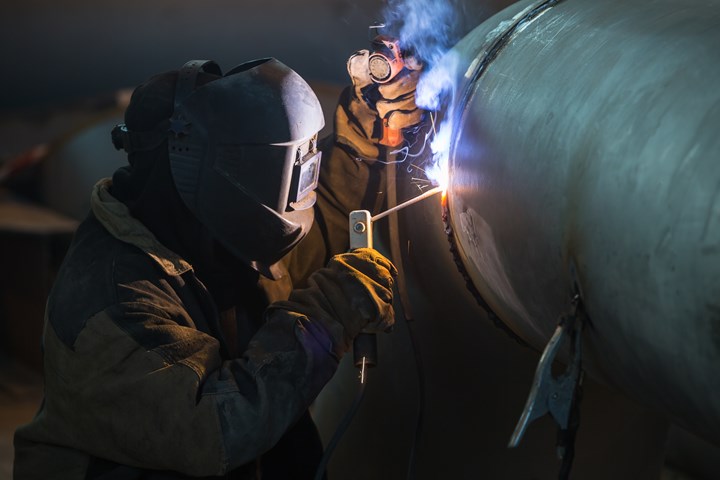Understanding Welding WPS Standards: Best Practices and Techniques for Quality Welds
In the realm of welding, grasping Welding Treatment Specification (WPS) requirements is a crucial part that straight influences the high quality and stability of welds. Complying with these standards guarantees uniformity and dependability in welding end results. Nevertheless, attaining excellence in welds exceeds just recognizing the criteria; it entails executing finest methods and methods that boost the craft to a degree of accuracy and ability that establishes apart the average from the phenomenal. As we browse via the details of welding WPS criteria, uncovering essential understandings and approaches for accomplishing top-tier welds will be critical for welders looking for to stand out in their craft and produce welds that stand the test of time.
Recognizing Welding WPS Specifications

Examiners depend on WPS documents to confirm that welding treatments are being followed properly and that the resulting welds are of high quality. Designers make use of WPS requirements to design welding treatments that guarantee the durability and reliability of bonded structures.


Vital Tools for Top Quality Welds
Mastering welding WPS requirements is essential for welders to efficiently use the essential devices required for creating top quality welds. The type of welding maker needed depends on the welding process being utilized, such as MIG, TIG, or stick welding. Cord brushes and cracking hammers are crucial for cleansing the weld joint prior to and after welding to eliminate any kind of pollutants that might affect the quality of the weld.
Key Techniques for Welding Success
To achieve welding success, one have to master the essential strategies essential for generating premium welds. One vital strategy is maintaining the appropriate arc length. Keeping the electrode at site link the optimal range from the work surface is essential for creating strong, uniform welds. In addition, regulating the traveling speed is paramount. Relocating too swiftly can cause inadequate penetration, while moving as well gradually can bring about extreme warm input and potential flaws. Appropriate adjustment of the electrode angle is another crucial method. The angle at which the electrode is held can affect the grain form and penetration of the weld. Additionally, guaranteeing regular weapon angle and instructions of travel is essential for uniformity in the weld grain. Last but not least, keeping a steady welding and a browse this site stable hand position throughout the process is crucial to achieving precision and uniformity in the welds. By mastering these essential strategies, welders can raise the quality of their work and accomplish welding success.
Ensuring Conformity With WPS Criteria

Additionally, maintaining detailed records of welding criteria, tools calibration, and evaluation outcomes is critical for demonstrating compliance with WPS standards. By diligently sticking to WPS requirements, welders can ensure that their work satisfies the required top quality levels and contributes to the total success of the welding project.
Troubleshooting Common Welding Issues
To address this, making sure correct cleansing of the base metal prior to welding and utilizing the correct shielding gas can considerably reduce porosity. Furthermore, distortion, splitting, and spatter are typical welding challenges that can be mitigated through appropriate joint preparation, constant warmth control, and selecting the appropriate welding consumables. By completely recognizing these common welding concerns and their root creates, welders can properly fix troubles and achieve premium welds.
Final Thought
Finally, grasping welding WPS requirements requires a thorough understanding of the guidelines, using crucial tools, and carrying out key techniques for successful welds. Making certain compliance with WPS standards is vital for generating high quality welds and avoiding typical welding problems. By complying with finest methods and methods, welders can achieve regular and dependable cause their welding tasks.
In the world of welding, grasping Welding Procedure Spec (WPS) requirements is an important component that directly influences the high quality and honesty of welds.When delving right into the world of welding practices, a crucial facet to comprehend is the relevance and details of Welding Procedure Requirements (WPS) requirements. WPS standards provide an in-depth standard for welding operations, ensuring uniformity, high quality, click here for info and safety and security in the welding process. The type of welding equipment needed depends on the welding process being made use of, such as MIG, TIG, or stick welding.Achieving welding success with the mastery of key methods demands an extensive understanding and adherence to Welding Procedure Spec (WPS) requirements.